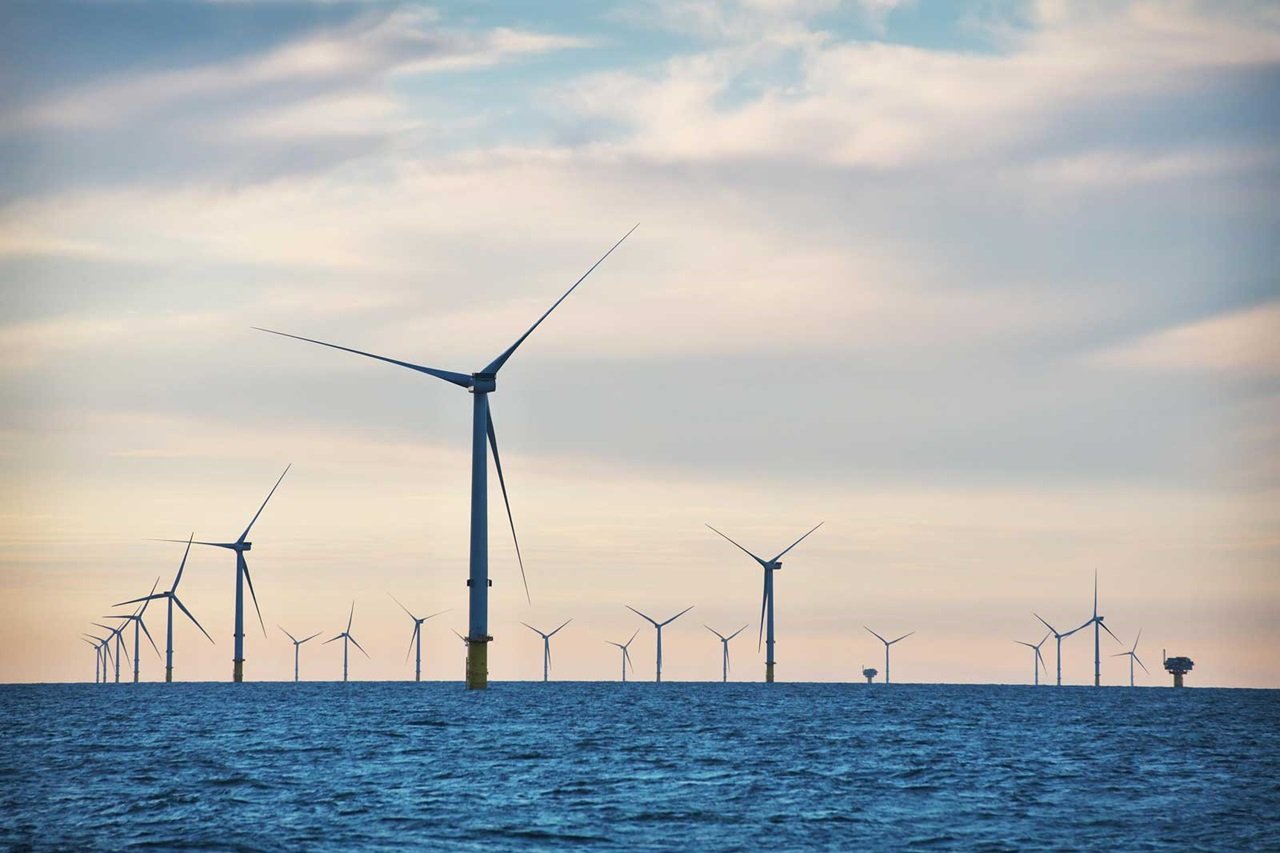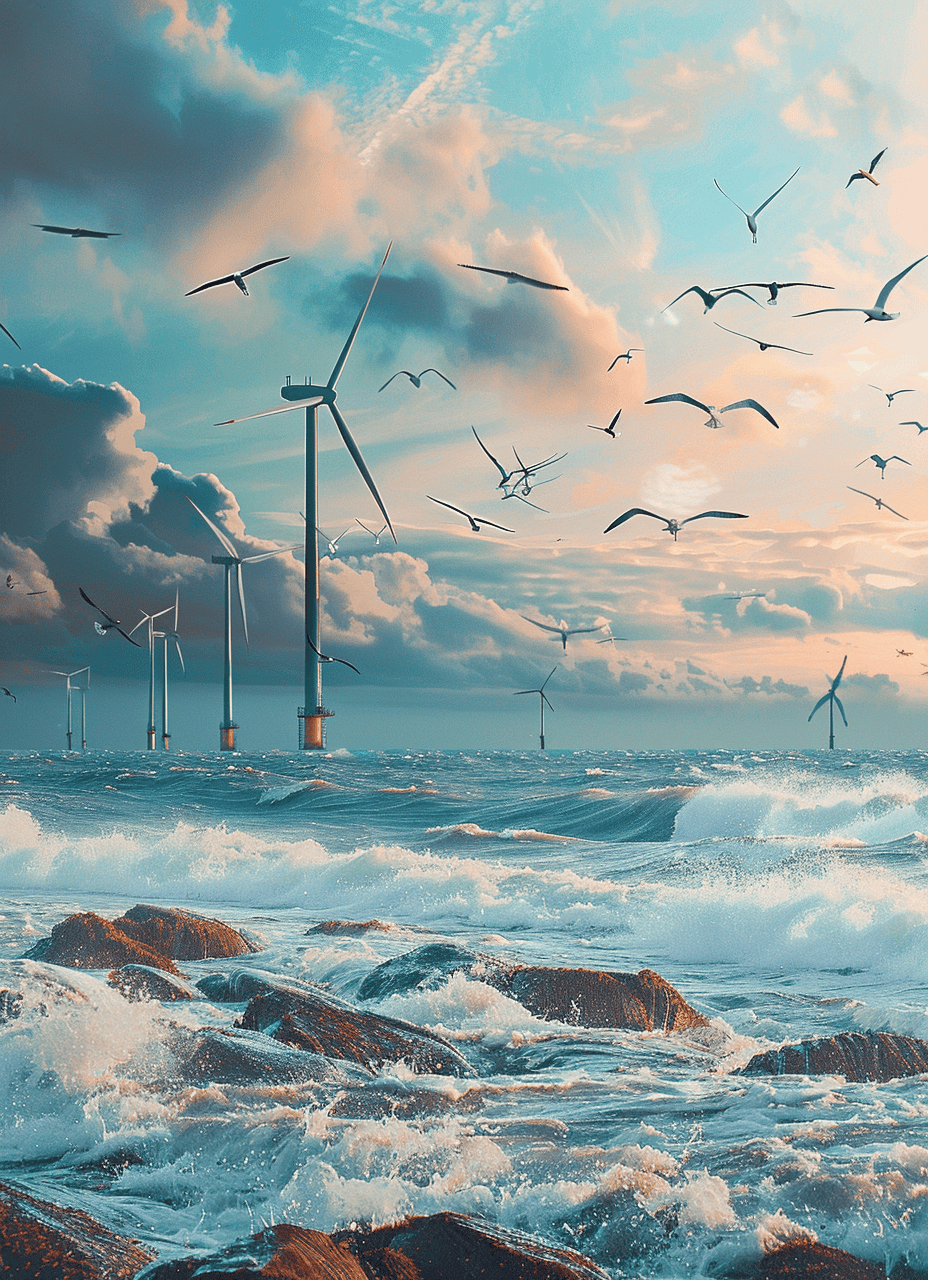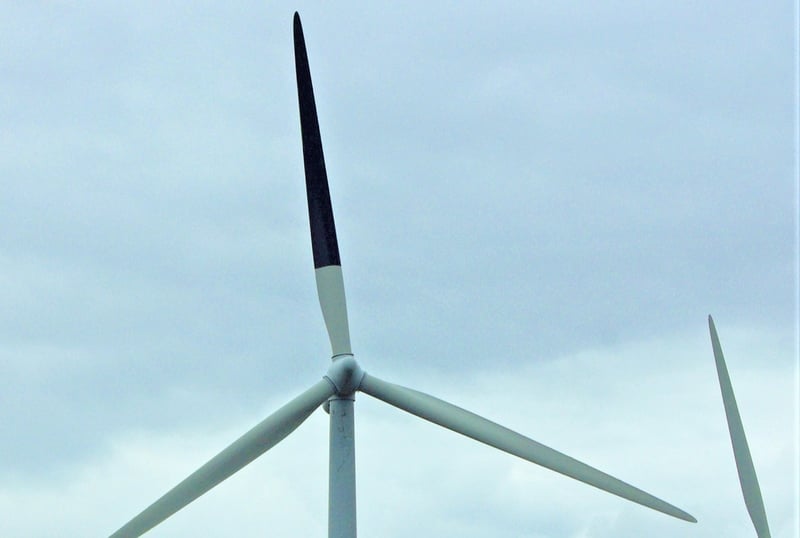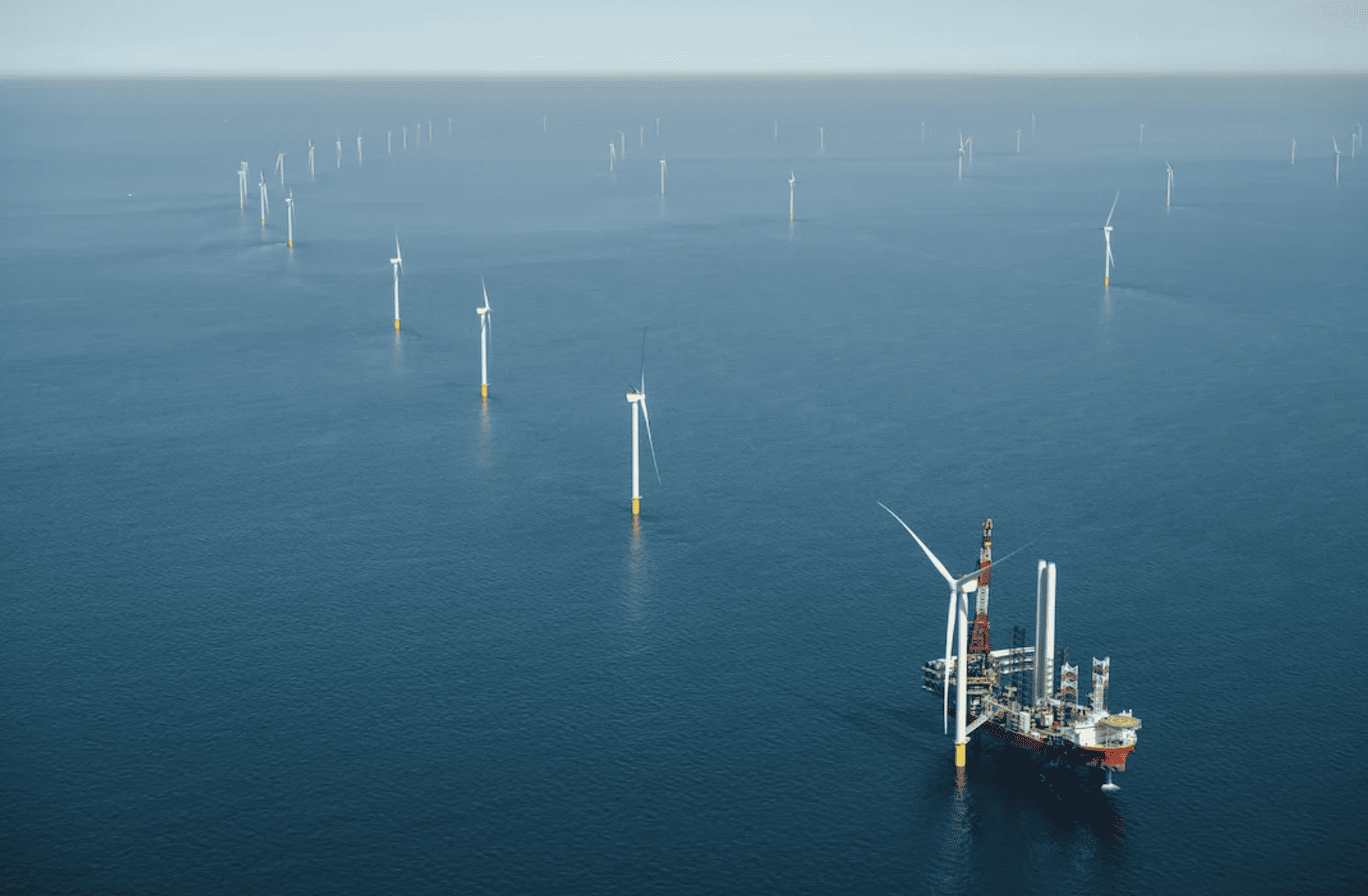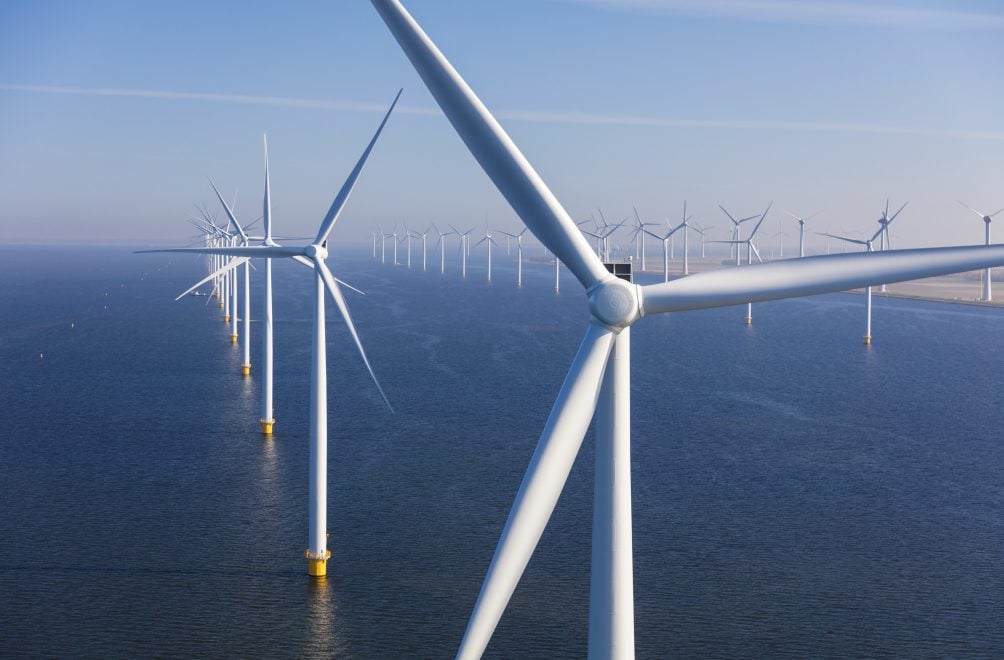
Vattenfall wants to use cameras to improve bird casualty counts from offshore wind farms. Currently, theoretical models estimate the number of casualties, but there are few actual observations to support these models. The research is taking place at the Hollandse Kust Zuid wind farm.
During the spring and fall migrations, many millions of birds migrate across the North Sea every year. Mortality estimates are difficult to verify because carcasses fall into the sea and drift away. Cameras can help keep better track of bird casualties. The technology has previously been used at land-based wind farms, but this is the first time the cameras have been deployed at sea.
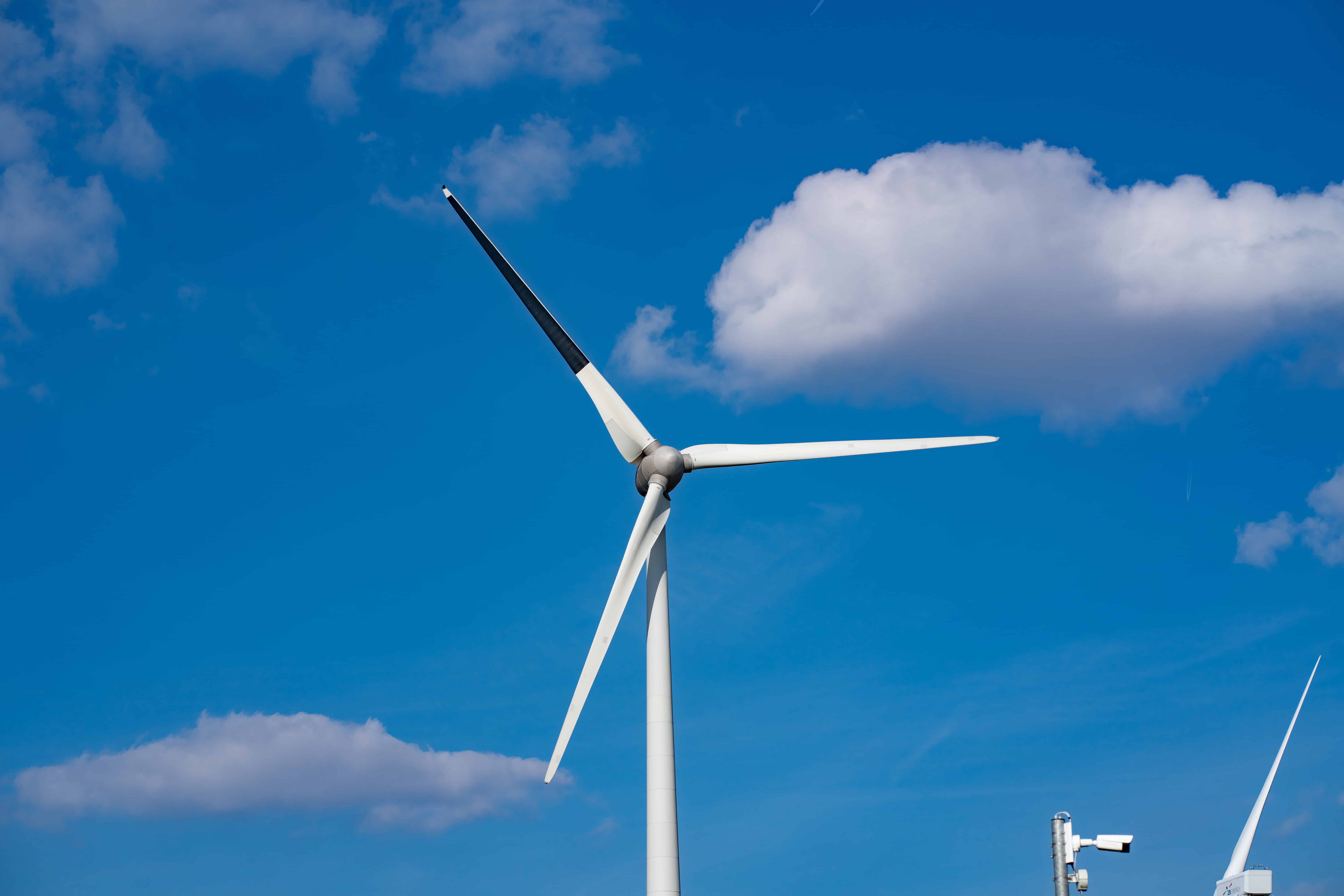
Jesper Kyed Larsen, bioscience expert at Vattenfall: “Wind industry and conservationists both benefit from understanding how turbines affect bird populations. With this trial, we are testing promising camera and AI technology to improve counting: how many are there and under what conditions does it happen? In the longer term, a better understanding of risk will provide realistic predictions for new wind farms to be built and help refine procedures that ensure turbines can be shut down at the right times.”
16 infrared cameras
For this research, one of the turbines of the wind farm Hollandse Kust Zuid will be equipped with 16 infrared cameras covering all corners of the turbine. The cameras work 24/7 and use AI and special software to detect falling objects and select the relevant images. The cameras also work at night and in bad weather, such as rain or fog. They can spot small birds up to a distance of about 120 meters. For large birds, the camera’s range is up to 300 meters. The camera and AI solution are provided by Wildlife Imaging Systems; Circle Consult Aps will install them.
The study will begin in August and last a year. It focuses on the fall and spring migration periods and is being conducted in cooperation with Wageningen Environmental Research, part of Wageningen University & Research (WUR).
High and low
Every year, large numbers of land birds migrate along or across the North Sea, either from breeding areas to wintering areas or back. On fine days, songbirds and waders fly hundreds of meters high, but in bad weather, they stay closer to the surface and, therefore, come within range of the turbine blades. The study helps to better understand bird casualties and the conditions under which collisions occur.



